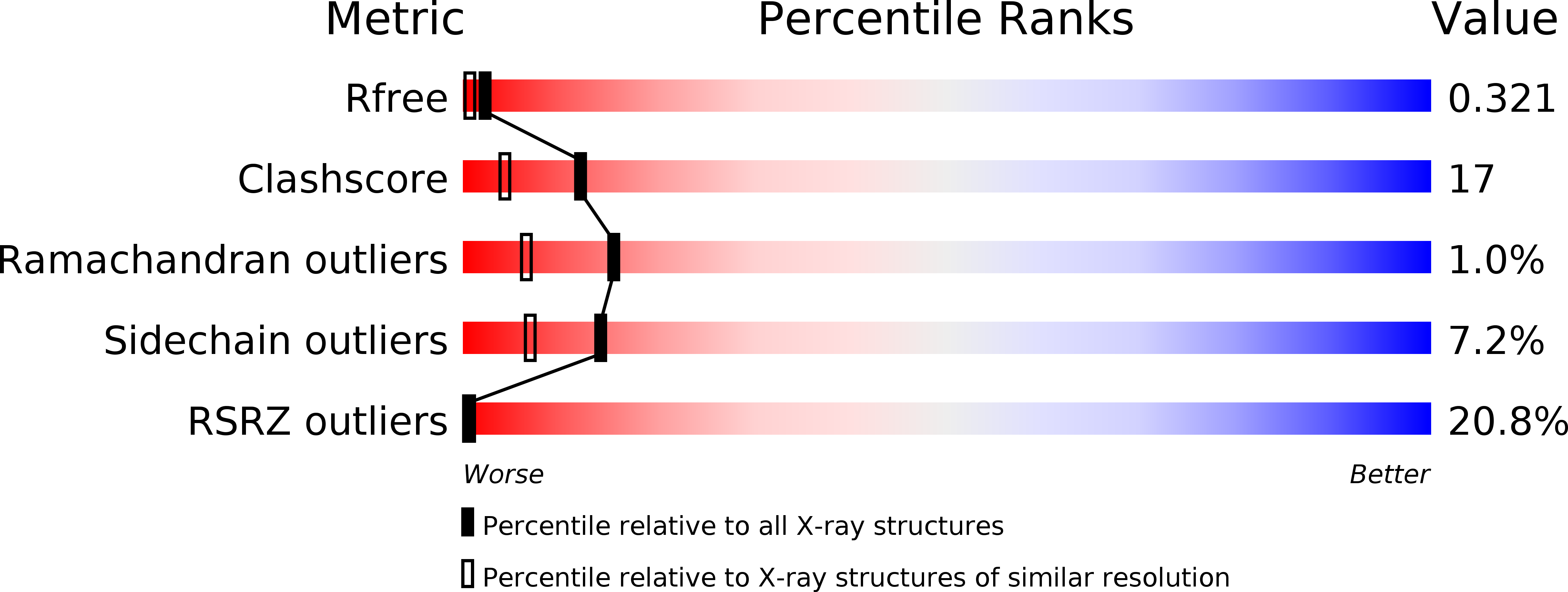
Deposition Date
2004-01-29
Release Date
2004-03-25
Last Version Date
2023-12-13
Entry Detail
PDB ID:
1UW3
Keywords:
Title:
The crystal structure of the globular domain of sheep prion protein
Biological Source:
Source Organism:
OVIS ARIES (Taxon ID: 9940)
Method Details:
Experimental Method:
Resolution:
2.05 Å
R-Value Free:
0.33
R-Value Work:
0.22
R-Value Observed:
0.22
Space Group:
P 21 21 2


